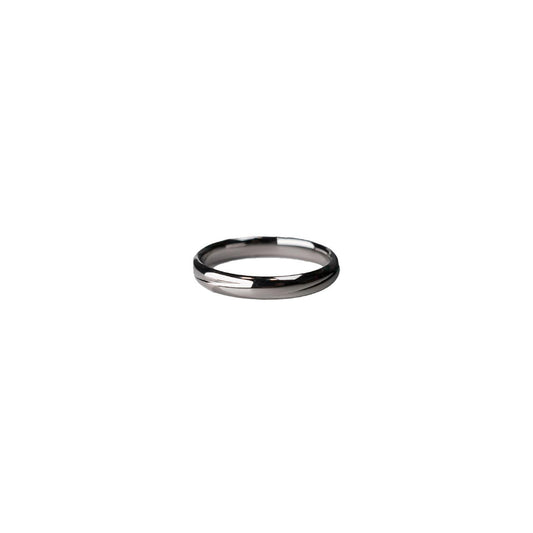The Enigmatic Allure of Padparadscha Sapphires
The Enigmatic Allure of Padparadscha Sapphires
Nestled within the world of gemstones, where vibrant hues dance and interplay, the padparadscha sapphire exudes a rare and captivating charm. Not quite the fiery crimson of a ruby, nor simply the cool blue of its sapphire siblings, this particular gem resides in a unique world of its own. Named after the delicate colors of a tropical lotus flower, the padparadscha’s hue is a mesmerizing blend of pink and orange, like a sunset caught in stone.
It was during a visit to an antique fair a few years back that I first encountered this beguiling gem. Wandering through a maze of stalls, my eyes fell on an intricately set ring, its centerpiece a striking padparadscha sapphire. The vendor—a weathered, jovial woman—shared stories of its origins in Sri Lanka, where these gems are traditionally sourced. She described how, for centuries, this region's rivers and mines have yielded coveted treasures, each gem a testament to the Earth's natural artistry.
What makes the padparadscha sapphire particularly intriguing is its elusive definition. Jewelers and gemologists have long debated what qualifies as a "true" padparadscha. The ideal color balance between pink and orange is a topic of passionate discussion, akin to the way art critics might deliberate over a Van Gogh. Even slight variations in tone can spark debates and raise questions about authenticity. The perfect padparadscha is often regarded as possessing a color reminiscent of a tropical sunset, giving it a poetic allure that is hard to resist.
Historically, these gems have adorned royalty and adorned high-profile pieces, yet they maintain an air of mystery and exclusivity. A padparadscha sapphire isn’t just a decorative piece; it’s a symbol of rarity and exquisite taste. In recent years, there’s been a subtle trend among discerning jewelry enthusiasts seeking out this specific sapphire, drawn by its unique coloration and the stories that each gem seems to whisper.
Last summer, while attending a friend's garden wedding, I was reminded of my encounter at the antique fair. The bride, a college friend known for her distinctive style, wore a padparadscha sapphire ring—a family heirloom, passed down over generations. It seemed to glow under the golden afternoon light, embodying the joyful and whimsical spirit of the occasion. There was something profoundly poetic about that moment; the ring, like the bride, balancing tradition with modernity.
In a world where much feels mass-produced and homogenized, the padparadscha sapphire stands as a splendid exception. It's a gem that encourages one to pause, reflect, and appreciate the delicate balance of nature's palette. As I glance at the engagement ring on my finger, I often wonder if one day, I too might choose a padparadscha sapphire for its ability to capture both the warmth of a cherished memory and the promise of stories yet to be told.

























